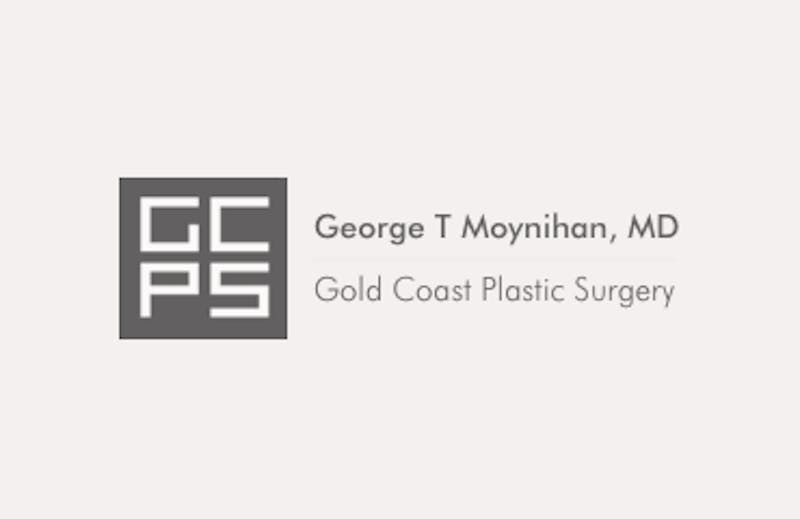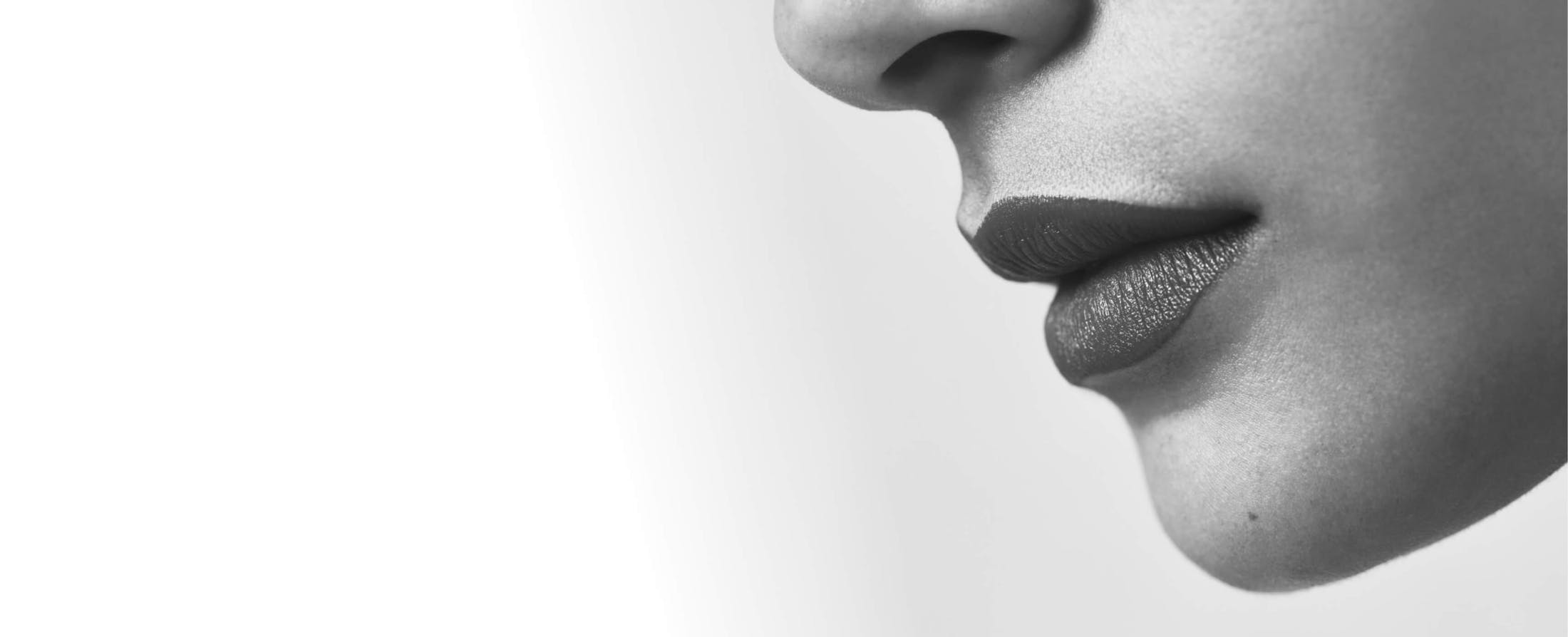
Rhinoplasty is Chicago’s most popular plastic surgery procedure, and Gold Coast Plastic Surgery is Chicago’s leading plastic surgery center. At Gold Coast Plastic Surgery, we’re proud to give our diverse patients the resources and expertise they need to improve their appearance, whether they want surgical enhancement or minimally invasive injectables. If you’re considering having Rhinoplasty in Chicago and want more information about the procedure, the following article provides an overview.
Rhinoplasty is a complex surgical procedure, but its popularity and ubiquity may lead you to believe that the process is less serious than it is. If you are dissatisfied with the size and/or shape of your nose and believe that rhinoplasty may be right for you, here’s a breakdown of the surgery itself and types of surgery you may undergo:
How is a Rhinoplasty Procedure Performed?
- Surgery preparation: Prior to surgery, your medical team will administer the appropriate anesthesia, either general anesthesia or intravenous sedation. Your surgeon will determine the most appropriate option.
- Closed rhinoplasty/open rhinoplasty: Your surgeon will perform either a closed or an open rhinoplasty based upon the type of correction required. If you are seeking a subtle or minor adjustment, your surgeon will likely perform what is known as a closed rhinoplasty. This is a process where the surgeon makes internal incisions in order to reshape the nose without making external cuts. For more complex procedures, your surgeon will perform an open rhinoplasty, where a cut is made across the columella – the skin between the nostrils. An open rhinoplasty will typically be recommended when cartilage grafts are required, or when the nose must be brought closer to the patient’s face.
- Deviated nasal septum repair: Patients with a deviated nasal septum experience troubles breathing due to the fact that the wall that separates the nasal passages is curved and blocks airflow. The septum can be surgically straightened during rhinoplasty.
- Completing the surgery: Once the internal structures of the nose have been sculpted and reshaped, the skin of the nose is redraped over the new nasal framework, and the incisions are closed.
Rhinoplasty Procedure: Recovery
Your doctor will likely provide you with a splint, packing, or another support device to wear inside your nose – as well as bandages and a brace to wear outside – to protect it while it heals. Because there will be degrees of swelling during recovery (the swelling may fluctuate in terms of severity during the weeks following the procedure), it may take a few months for the results to become evident.
The internal packing can be difficult for some patients to manage – it can be uncomfortable, but it’s necessary to safeguard the internal incisions. The network of bandages, pads, guards, and braces must be cared for fastidiously; it’s important to change your drip pad regularly, sometimes multiple times throughout the day. You will have to go back to your surgeon to have your surgical site cleaned.
Expect bruising and some swelling along your forehead, around your eyes, and even your lips for several days after the surgery.
Your doctor will give you the following guidance on how to care for your nose while it heals.
- Detailed instructions on how to keep the surgical site clean and healing properly.
- Oral and topical medications for pain reduction and infection mitigation.
- Instructions on how to identify potential complications or concerns.
- A schedule for following up with your surgeon.
When consulting with your surgeon, make sure you make your concerns clear, and address any lifestyle issues that could potentially affect the healing process. (For example, if your job requires significant physical exertion, ask for guidance on how long before you can safely resume your duties, or what precautions you can take to make sure your surgical site is protected while working, etc.)
The more information you have about your recovery, the lower your risk of complications. Make sure you engage with your surgeon on the following topics:
- What happens immediately after your surgery? Will you be taken to a different location for recovery or is the procedure outpatient?
- What medications will you take after surgery?
- How will your lifestyle and job affect healing/managing the surgical site?
- How often should I go in for after-care?
- Should I exercise while healing? How often can I exercise? How long before I can go back to my workout routine?
Rhinoplasty Categories
While rhinoplasty is a specific type of nasal surgery that specifically addresses aesthetic issues with the nose, there are several rhinoplasty techniques that may be employed depending upon the patient’s medical history and outcome the surgeon wishes to achieve.
-
Endonasal: The endonasal approach is also called the “closed” approach – when all incisions are made inside the nostrils. This technique is often used for minor corrections, since navigating the nasal framework without full visibility can be challenging. However, there is no external scarring, and the nose typically settles into its final shape in six months.
-
External: External rhinoplasty is also called the “open” approach, where an incision is made across the columella (the space between the nostrils) in order to access the nasal structure. While this gives the surgeon visibility and significantly reduces the risk of nasal cartilage distortion, it does require greater recovery time, there is a longer period of swelling, and the nose may take up to two years to achieve its final shape.
-
Rhinoplasty revision: Rhinoplasty revision is performed when the outcomes of a previous rhinoplasty are unsatisfactory, either for aesthetic or functional reasons. Revision rhinoplasty tends to be a complex procedure because of nasal structural issues (revision rhinoplasty frequently requires additional cartilage and sometimes skin grafts), and also due to patient expectation.
-
Filler rhinoplasty: Filler rhinoplasty is also called non-surgical rhinoplasty. It employs dermal fillers to reshape the nose and create symmetry. While the results can be very effective, it is only appropriate for patients who wish to elevate the bridge or reduce the visibility of a bump. It does not reduce the size of the nose, and the results are temporary, only lasting approximately 12 months.
How Much is a Rhinoplasty Procedure in Chicago?
There are several factors that will determine the cost of your rhinoplasty. The surgeon you choose and his/her level of expertise; the location of the surgical center; and the type of correction you require will all influence the price of your rhinoplasty procedure.
Want more information on Rhinoplasty in Chicago? For questions about facial plastic surgery, please contact Dr. Moynihan.


